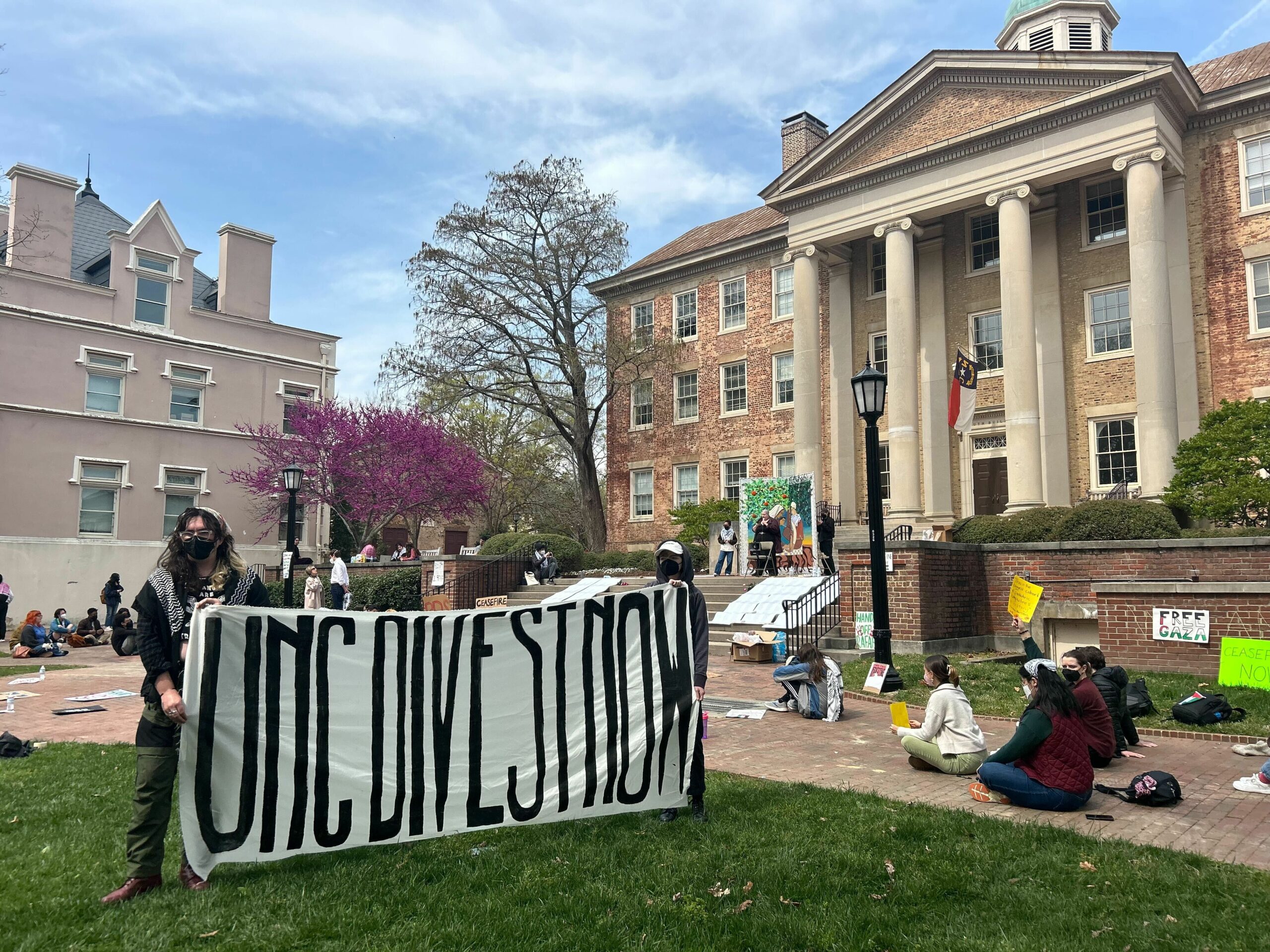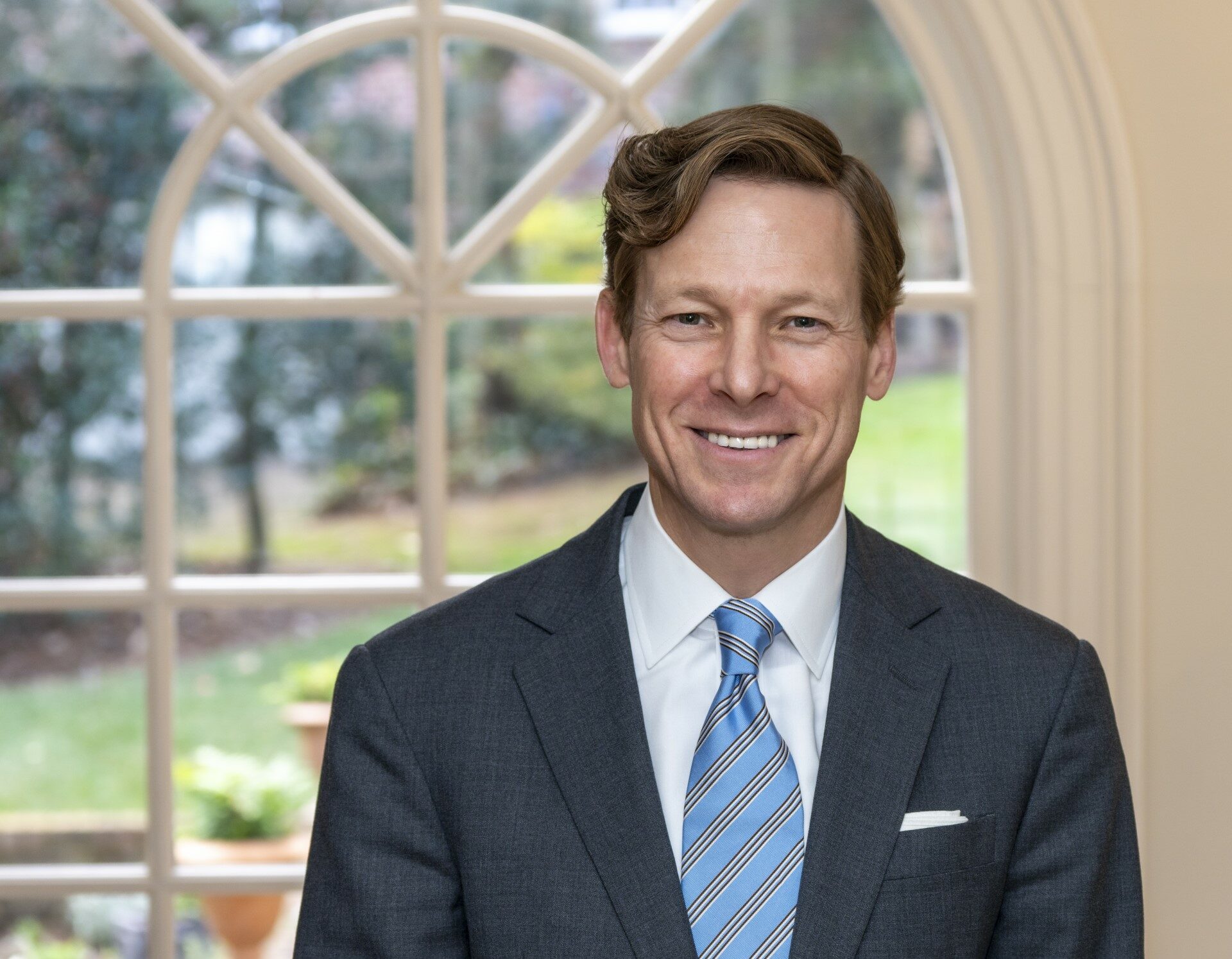Women with a history of a false positive mammogram result may be at an increased risk of developing breast cancer for up to 10 years after the result. That is the finding of a study published this week.
Dr. Louise Henderson is the study’s lead author and is an assistant professor in the department of radiology at UNC. Henderson says they chose to look at this area because of the frequency of false positives.
“False positives are fairly common,” Henderson says. “About 50 percent of women will experience a false positive after undergoing about 10 screening mammograms.
“And so we felt like this was an important question to look at.”
Henderson adds while the chance does increase, additional cases are not as prevalent as it may appear when you consider the absolute increase.
“The absolute risk to women who’ve had a false positive compared to women who have not experienced a false positive is approximately one additional cancer case per 100 women,” she says.
Henderson says 67 percent of women ages 40 and older undergo a screening mammography every one to two years.
She says we are having more conversations about what a false positive actually means for patients.
“With the U.S. Preventative Services Task Force guidelines that came out back in 2009, I think that was kind of a beginning of heightened awareness about false positives and potential harms that are associated with mammography screening – like false positives,” Henderson says. “And I think since then we have seen quite a bit more in the media about false positives.
“They’ve been there, but I don’t think we’ve been talking about them quite so much.”
Henderson says they defined a false positive for this study as women who came in for screening and were sent on for additional imaging by their radiologists but did not in fact have cancer one year later.
“The higher risk that we see of developing cancer among women with a false positive could be due to the fact that the radiologist does see an abnormal pattern that’s not cancerous,” Henderson says, “but it could be a radiographic marker that subsequently is associated with cancer.”
Henderson says an initial false positive can have emotional and health ramifications for patients because they are dealing with the anxiety associated with a possible diagnosis. She adds it may alter their future screening tendencies.
“For women who have had a false positive, our study results, I think, indicate that, yes, you may be at increased risk for subsequently developing breast cancer,” Henderson says. “But because of the absolute risk – that only one per 100 additional risks – is fairly small, that this is not something that they should be overtly concerned about.
“It’s something that I believe women should talk to their physicians about in the context of their other risk factors.”
The American Cancer Society recently changed their guidelines, Henderson says, now recommending that women begin getting mammograms at age 45 and have mammograms every year for the next 10 years.
Henderson says it is important to talk with healthcare providers to find a best individual solution.







Comments on Chapelboro are moderated according to our Community Guidelines